Travertine countertops overview and care secrets

A beautifully designed countertop in a bathroom or kitchen can transform the interior and give it a special chic. Today, manufacturers offer a wide selection of materials in a wide variety of colors, textures and characteristics. A good solution would be a travertine countertop.
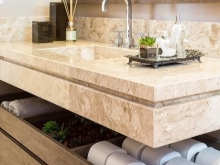
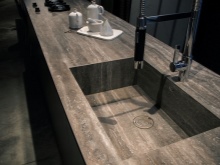
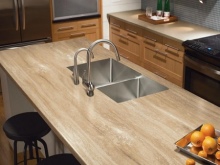
Peculiarities
Travertine is a rock - limestone tuff. This natural material has been known to mankind for a long time. It was used as a building and facing stone back in ancient Rome. For example, the famous architectural monument Colosseum was built from it. The field, which is still active, is located 20 km from Rome in the city of Tivoli.
Roman travertine, which has good decorative properties, is widely used as a finishing material.
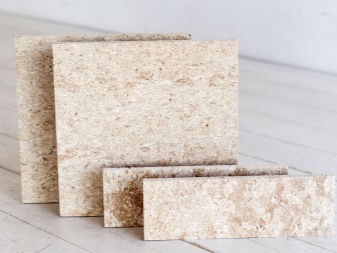

The stone is perfect for kitchen decoration. Both the table and the countertop can be made of travertine, since the material has undeniable advantages.
- The combination with any style of the room is provided by an interesting texture and a variety of colors and shades. The texture resembles marble, the travertine surface does not need additional decoration.
- The material is strong and durable, has high performance characteristics.
- Travertine surfaces can be cleaned with household chemicals without fear of harm.
- If chips, scratches, gouges and cracks have formed, the material can be restored until it is completely restored.
- A product made of stone, easily amenable to various types of processing, can be given the required geometric shape with high accuracy.
- Resistance to changes in temperature and humidity makes the material suitable for use in the kitchen and bathroom.
- It has a low weight, which allows you to realize design fantasies and experiments with the shapes and methods of arrangement of countertops.
- Perfect for residential premises, due to its absolute safety and environmental friendliness.
- The low price allows people with low incomes to use beautiful material. At the same time, travertine products look very dignified and presentable.
Unfortunately, this wonderful stone has a drawback: with constant use, it is prone to abrasion. To increase the service life of products and prevent premature wear, manufacturers use special polymer resins for surface treatment.
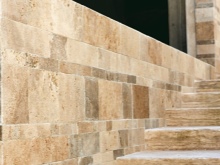
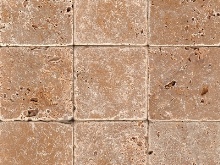
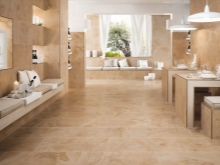
Color spectrum
Travertine is famous for a very wide range of colors. Its range starts from light grays and beige shades and ends with rich dark browns and reds. The color of the stone is influenced by the intensity of chemical processes and the presence of certain substances in the areas of deposits. If the exposure to these substances was negligible, the color of the travertine can be milky white. Most of the samples found are beige, yellow, golden, light brown. It is in these colors that the stone from Italy is painted.
Roman travertine goes well with almost any interior color scheme and many other materials, its warm tones add comfort to the room. But travertine deposits are found in other places, for example, in Turkey, Transcaucasia, Germany, Russia, Kyrgyzstan and Tajikistan. The stone from these deposits is not only light brown, but also gray, nutty. There are very bright and dark colors.
It should be noted that the brighter or darker and more unusual the color of the stone, the more expensive it is. In addition, darker tones of travertine are denser and therefore more durable.
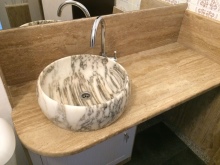
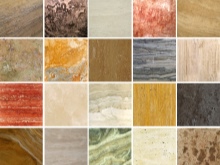

How to care?
In order for a travertine countertop to retain its original appearance as long as possible, it must be properly looked after. And also it will not be superfluous to take some precautions: after installation, the surface should be covered with a special impregnation solution, which will not allow liquids and oils to penetrate into the pores of the material. It is advisable to use polished travertine, as it will be less retained by dirt, it will be easier to clean, and the resistance to staining will increase.
Wipe the countertop or table with a soft, damp cloth. Household cleaning products can be used if necessary. However, it must be borne in mind that the use of abrasive agents is excluded. If the countertop is installed in the bathroom, do not lay out perfumery and cosmetic products on it without first laying a napkin.
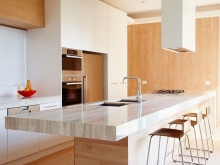

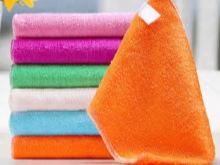
The material should be handled carefully and do not allow the ingress of substances that will be aggressive for it and produce staining. It can be natural juices, wine, carbonated drink, sauces, coffee. If, nevertheless, a problem occurs, you must immediately wipe the surface with a dry or damp cloth, and then rinse with a cleaning agent. For cleaning and polishing, it is good to use special products for natural stone, which can be easily purchased at any hardware store.
Since this stone is much softer than marble or granite, it can be subjected to mechanical stress, after which scratches or chips will appear. You can remove them by grinding and polishing.
If the chip is very large, in this case it is better to call a master who will eliminate the defect with the help of a polymer mass.


Beautiful examples
The use of travertine can beautify a room.
- The gray stone countertop blends seamlessly with the austere kitchen design.
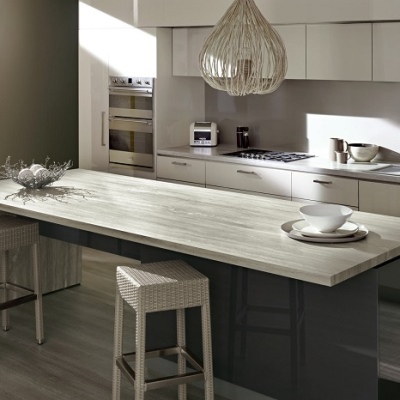
- Warm Roman travertine blends well with other materials, giving the room a cosiness.
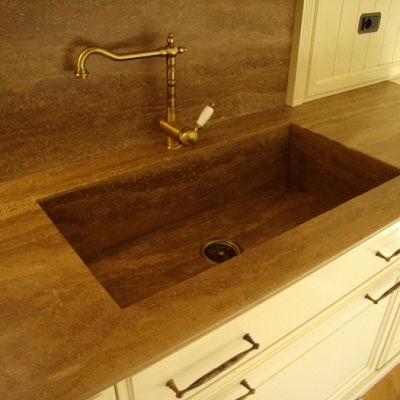
- The material is not afraid of high humidity, so it is great for bathrooms. By complementing a product made of not the most expensive material with original details and accessories, you can create a truly luxurious design.
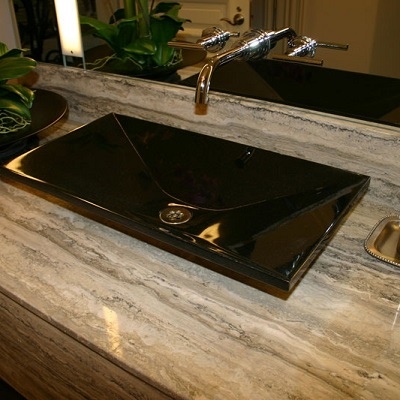
In the next video, you will see the process of making travertine natural stone countertops.













The comment was sent successfully.